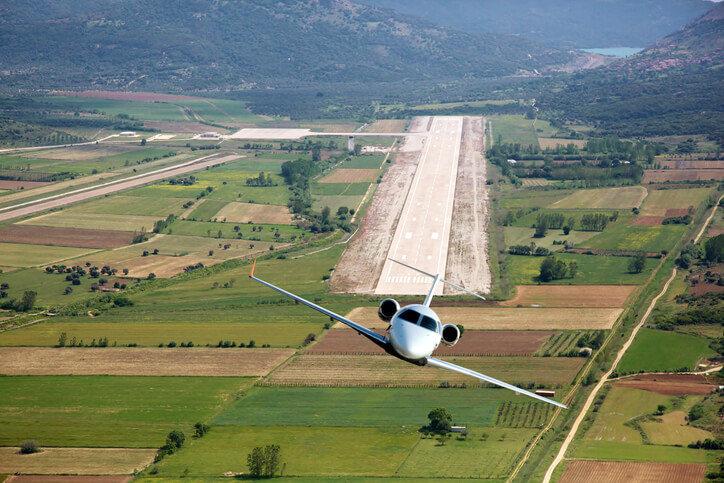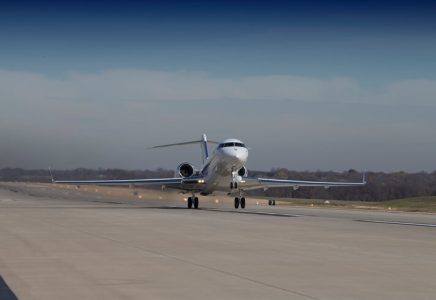Pilot Training Tips for Takeoff Rotation Rates
In the beginning of my pilot training, I had an instructor who believed that takeoffs should resemble rocket launches, even in a small aircraft like our 172. I understood his perspective, considering the saying about the runway behind and the altitude above being irrelevant to a pilot’s success. So, I took off with the eagerness of a homesick angel, and it worked.
However, I soon realized that passenger comfort played a significant role in flight. I needed to reconsider my takeoff technique to ensure a smooth and graceful transition. But now, FAA investigators are highlighting the potential dangers of slower rotation rates during takeoff. Studying flight data analysis points, experts have discovered that this may compromise takeoff performance guarantees.
One example of a too slow takeoff is an Airbus A340-300 was departing the El Dorado International Airport in Columbia, surrounded by mountainous terrain. Despite being below gross weight, the aircraft struggled to lift off, endangering the passengers and crew. Astonishingly, it barely crossed the end of the runway at a height of less than six feet. Consider the disaster that could have occurred had there been an obstacle in the overrun area.
Airbus specifies a recommended rotation rate of 3-5 degrees for this aircraft, but the pilot chose a meager 1 degree per second. This incident prompted Airbus and EASA investigators to analyze thousands of other flights, revealing the recurring issue of under rotation. It’s crucial that we prioritize takeoff performance, as it provides numerous safety benefits.
Taking Off Safely and Efficiently
There are many factors that pilots can watch for to help ensure a safe and efficient takeoff.
- Prevention of Runway Overruns/Undershoots: Taking off at the right speed reduces the risk of runway overruns (when an aircraft fails to stop before the end of the runway) or undershoots (where the aircraft lifts off too early). Both scenarios can lead to accidents.
- Control During Takeoff: Taking off at an unsafe speed can result in loss of aircraft control. For instance, taking off too slowly can lead to a stall, while excessive speed can make the aircraft difficult to control.
- Aircraft Weight and Balance: The aircraft’s weight and balance significantly affect the takeoff speed. Overloading or improper weight distribution can increase the takeoff speed required, potentially leading to runway overruns or control issues.
- Weather Conditions: Weather conditions such as wind speed and direction, temperature, and visibility can impact the takeoff speed. For example, high wind speeds or gusting crosswinds require careful speed management to maintain control during takeoff.
- Runway Length: Shorter runways require precise speed management to ensure the aircraft lifts off in time and safely clears any obstacles.
- Engine Wear and Tear: Taking off at excessive speeds can cause unnecessary stress on the aircraft’s engines, leading to increased wear and tear and potentially shortening their lifespan.
- Fuel Efficiency: Taking off at the optimal speed can help save fuel, which is not only cost-effective but also environmentally friendly.
- Compliance with Regulations: Following the prescribed takeoff speeds is part of regulatory compliance. Deviating from these can result in penalties from aviation authorities.
- Passenger Comfort: Abrupt accelerations or decelerations during takeoff can be uncomfortable for passengers. Maintaining a safe and steady speed ensures a smoother experience for those on board.
- Prevention of Tire Burst: Taking off at too high a speed can increase the risk of a tire burst, which can result in a catastrophic accident.

Remember, each aircraft has its own specific takeoff speed guidelines; refer to your aircraft’s operating handbook for accurate information. Safe takeoff speeds are calculated based on several factors including aircraft weight, runway length, wind direction and speed, temperature, and altitude. It’s crucial to understand these variables and how they interact to ensure a safe and successful takeoff.










